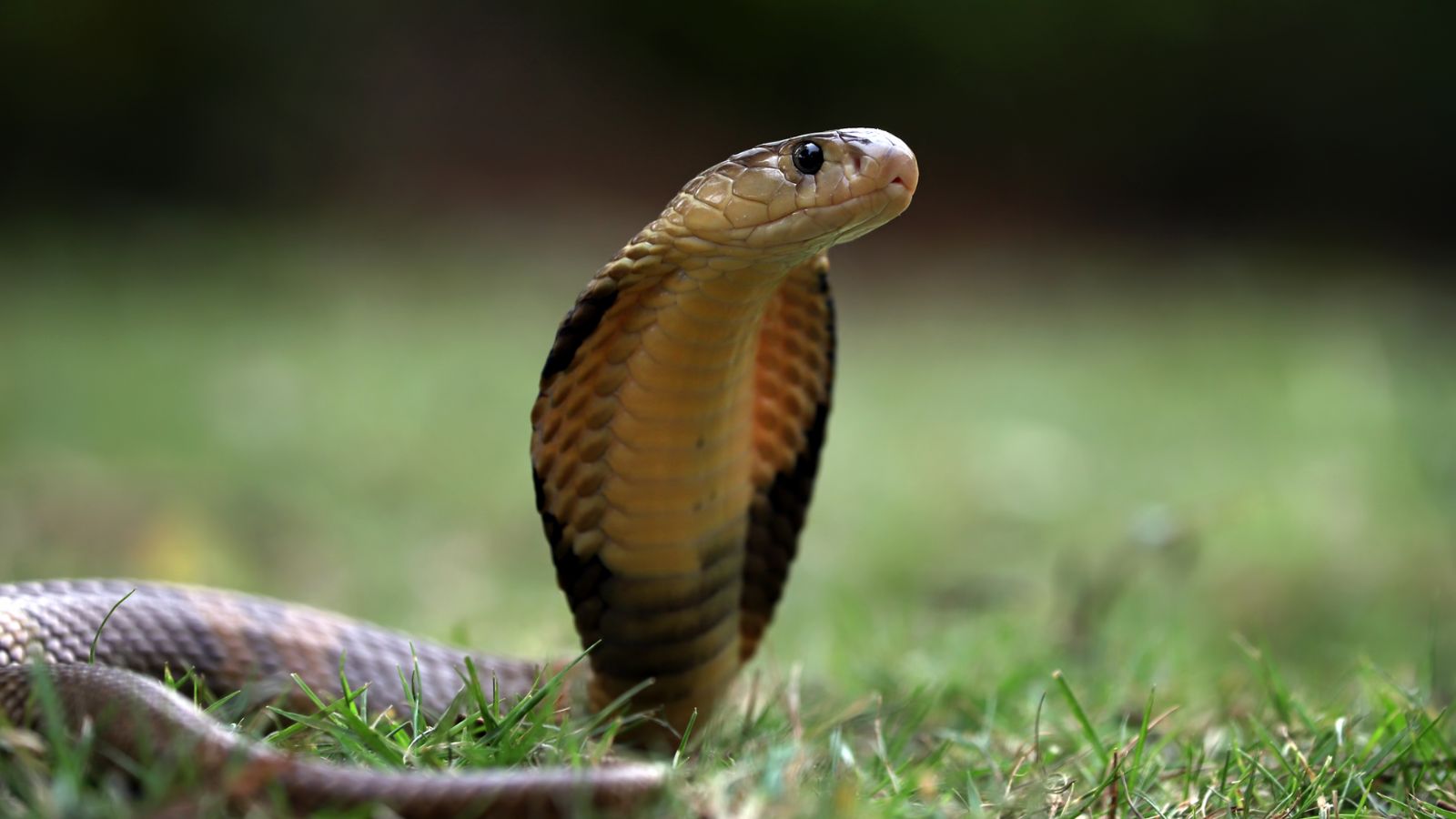The king cobra has earned a place as one of the most fascinating and dangerous snakes in the world, and it has unique features that show just why. We’ve compiled 19 things about the king cobra that are the most interesting to know.
Longest Venomous Snake
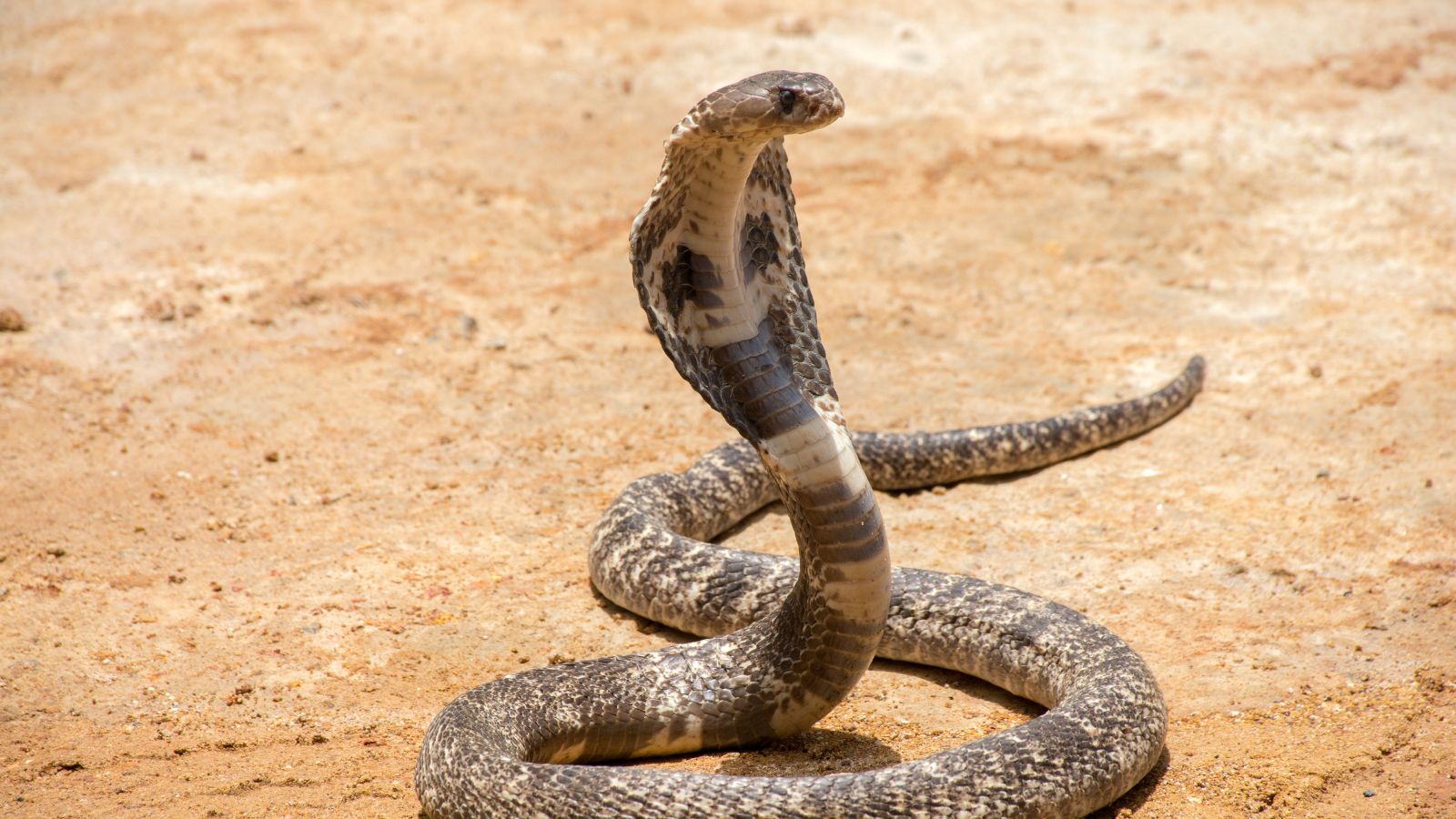
King cobras hold the title of the largest venomous snake in the world, as confirmed by the AMNH. These massive snakes, although usually about 12 feet long, can reach incredible lengths of up to 18 feet. This impressive length allows them to intimidate and strike prey from a distance too.
Unique Hood Feature
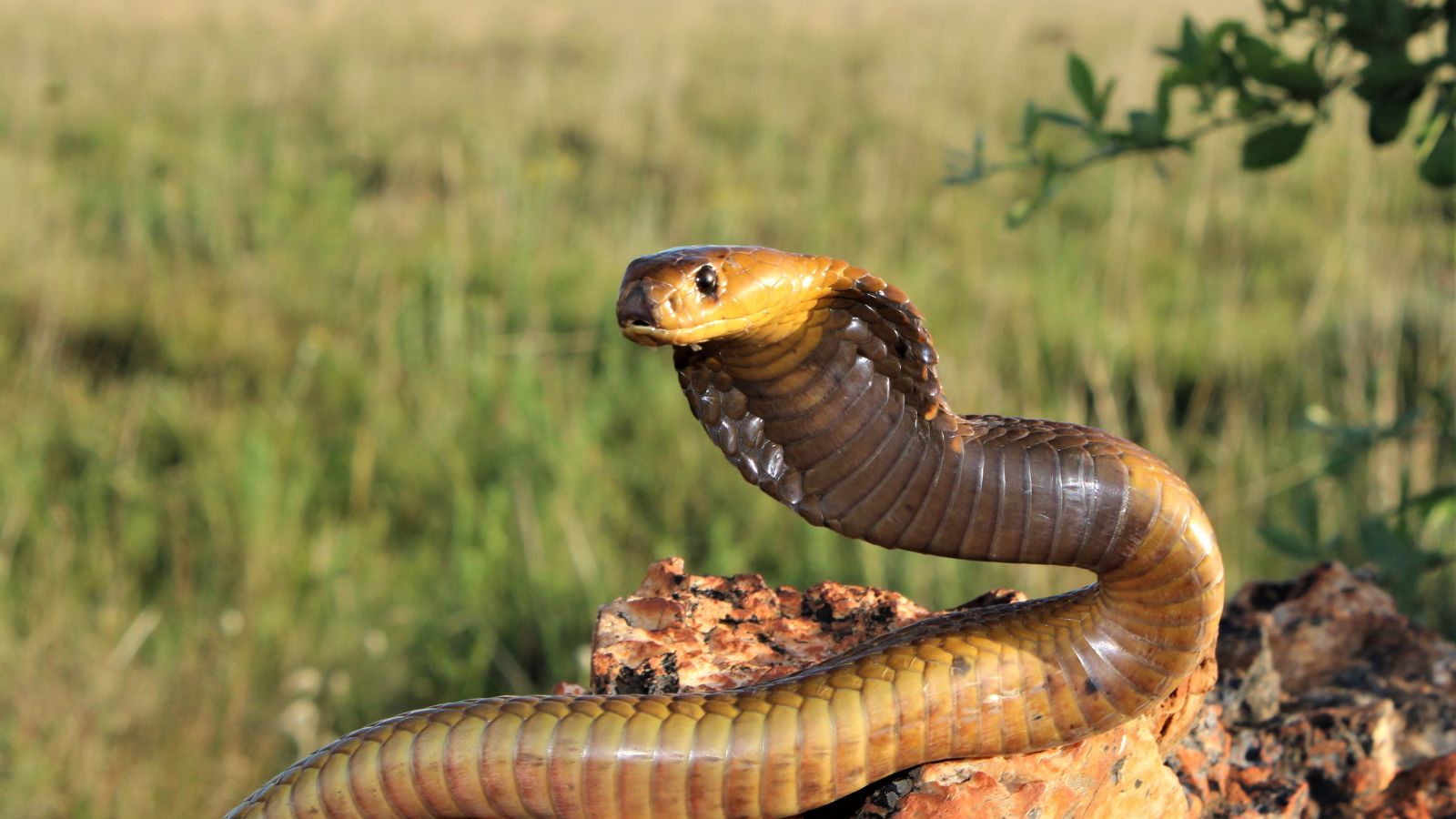
Although they aren’t the only species with a hood, king cobras have the most distinctly recognizable hoods among all snakes—which is their most unique feature. As Britannica shares, they create their hoods by expanding their neck ribs, and it serves as a visual warning for predators and other threats to back off.
Highly Intelligent Reptile

As unbelievable as it may sound, cobras are known for their remarkable intelligence, and they’re considered the most intelligent of all snake species too. Some ways they display their intelligence include remembering locations and learning from their past experiences, and these aid them in hunting and avoiding potentially harmful interactions.
Potent Neurotoxic Venom
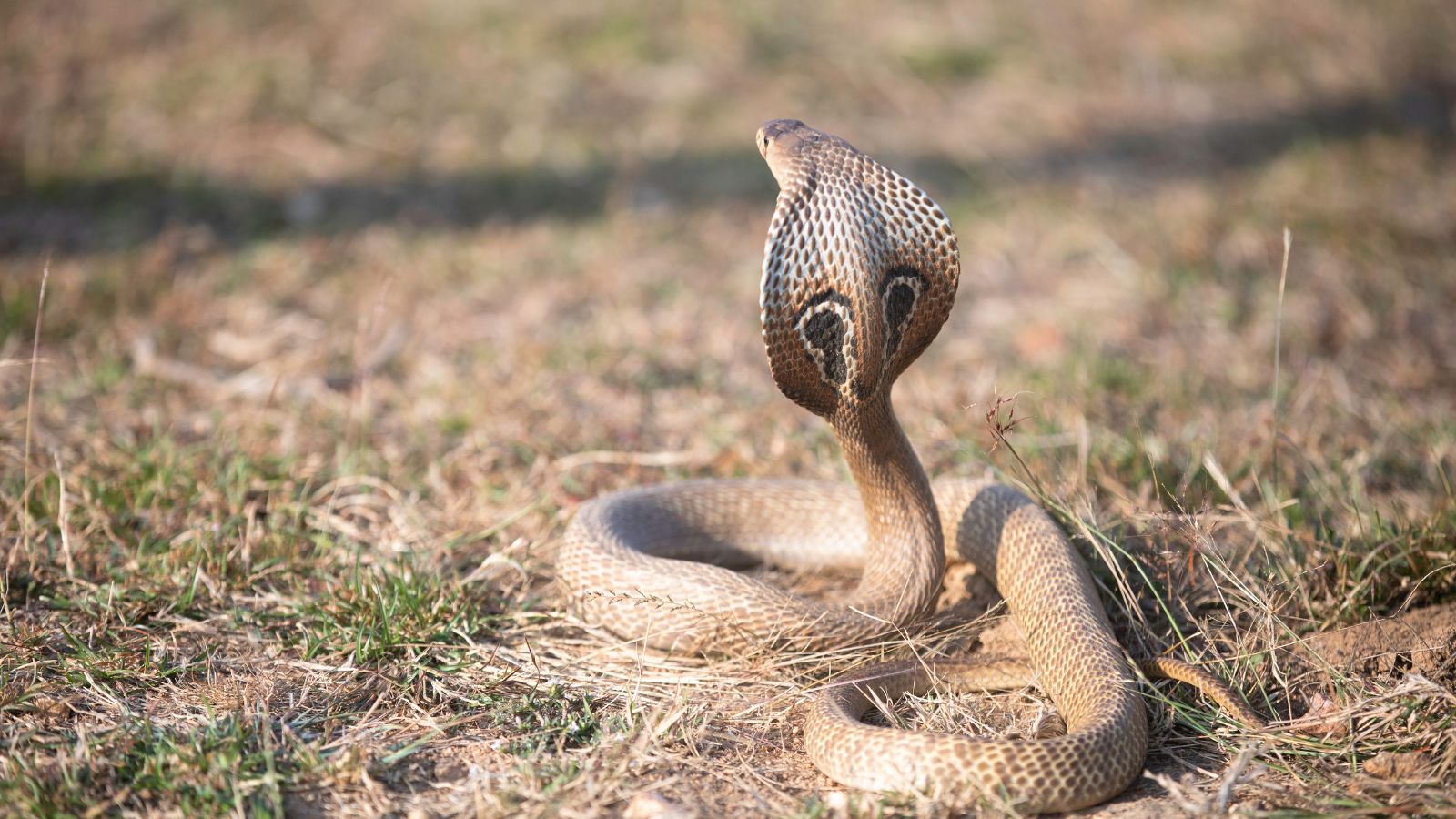
The venom of a king cobra is primarily neurotoxic, affecting the nervous system of its prey. A single bite can deliver a large amount of venom, enough to kill an elephant or 20 humans, and this potency allows the cobra to quickly subdue its prey, making it an efficient predator.
Diet and Hunting Techniques
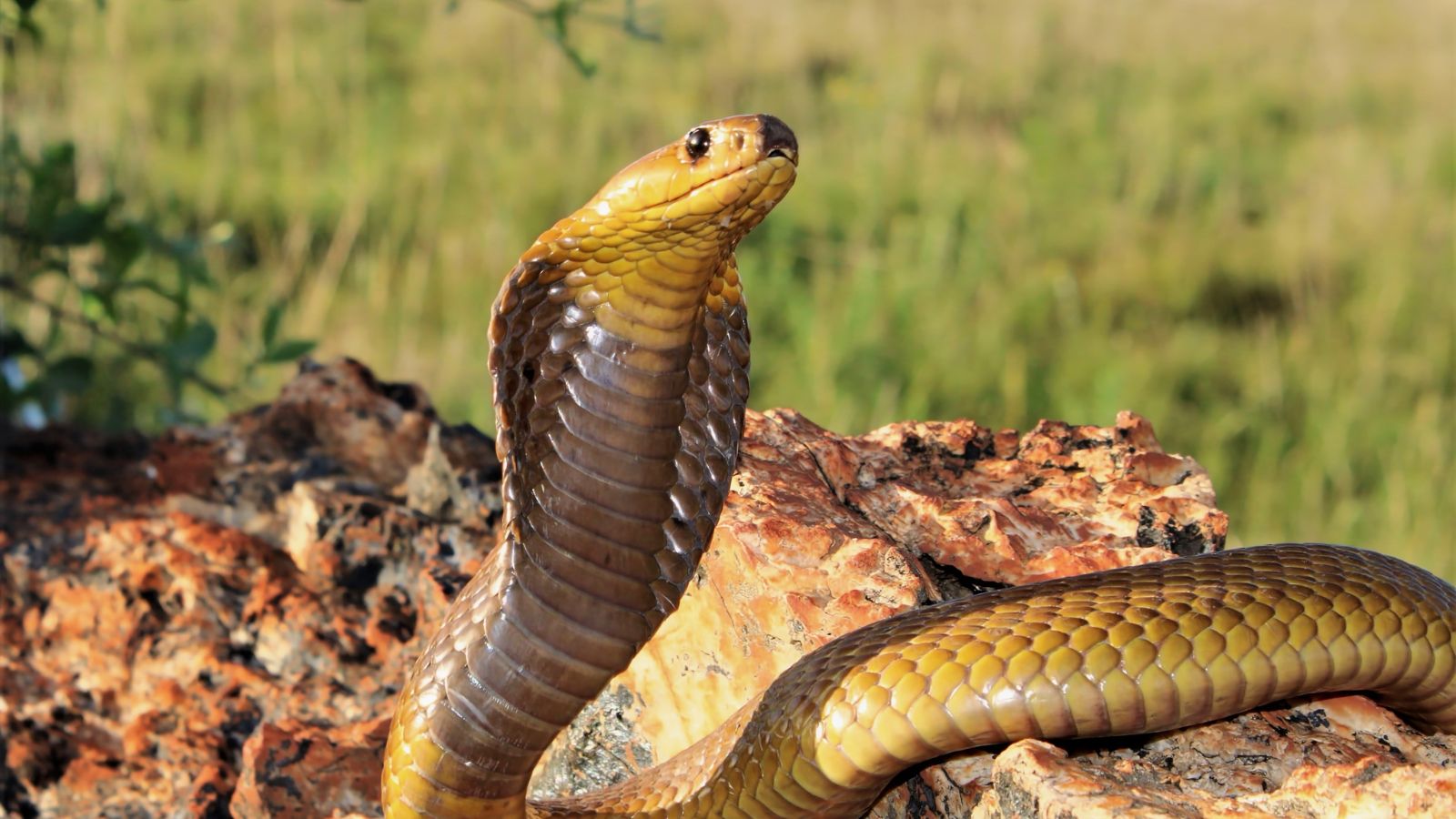
Unlike other snakes that primarily eat small mammals, king cobras have a diet consisting mainly of other snakes. They hunt using a combination of keen eyesight and a highly developed sense of smell, which allows them to track and capture their slithery prey with precision.
Habitat Range
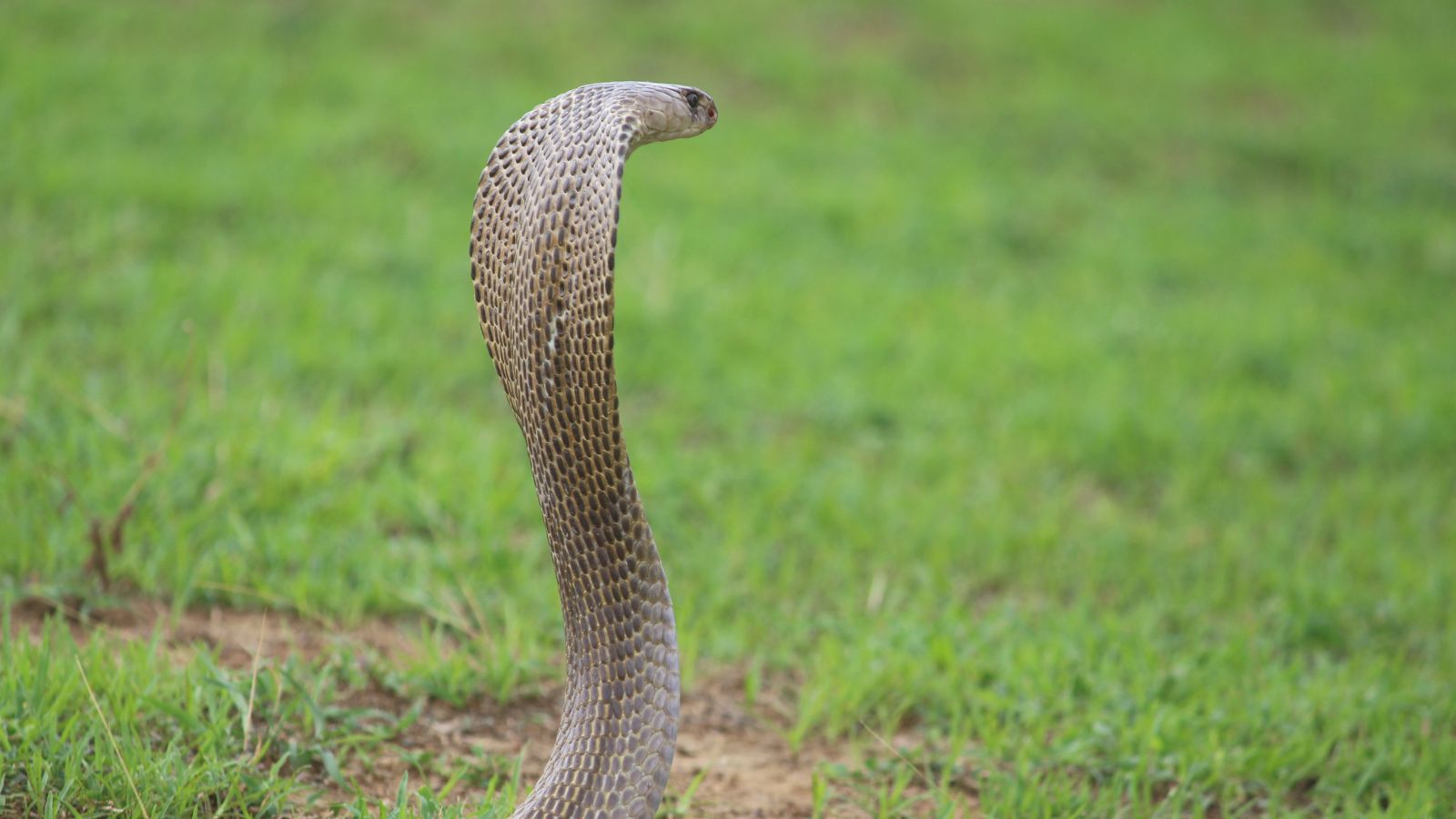
King cobras are native to various parts of Asia, including India, Southeast Asia, and southern China. They inhabit forests, bamboo thickets, and mangrove swamps, thriving in a range of environments. This adaptability to different habitats helps them to thrive across a wide geographical range.
Monogamous Mating Behavior
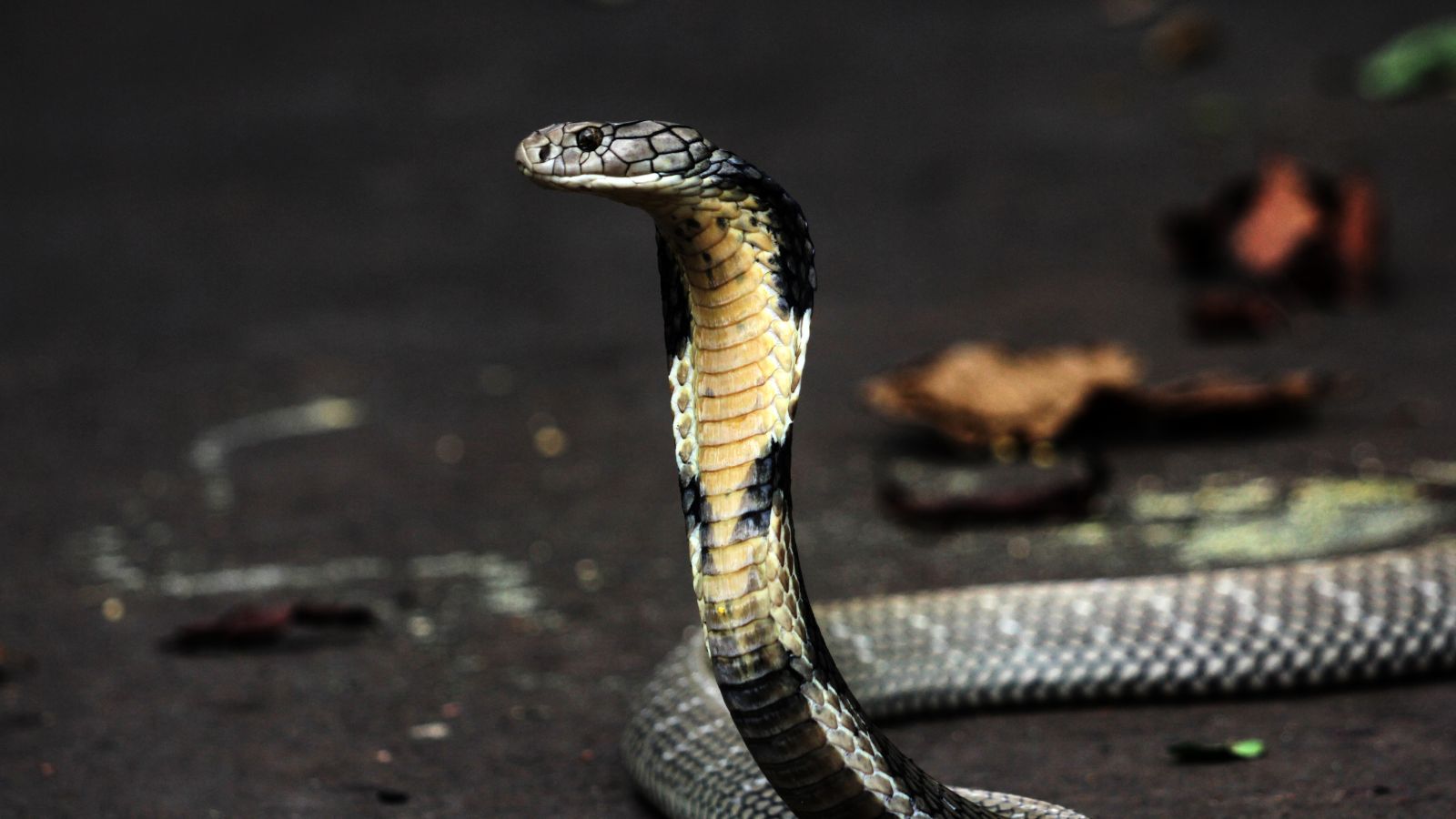
Unlike many reptiles, king cobras exhibit monogamous mating behavior. They form long-term pair bonds, with females especially returning to the same mate each breeding season. This monogamy is rare among snakes and adds another layer of fascination to their complex social behavior.
Unique Reproduction
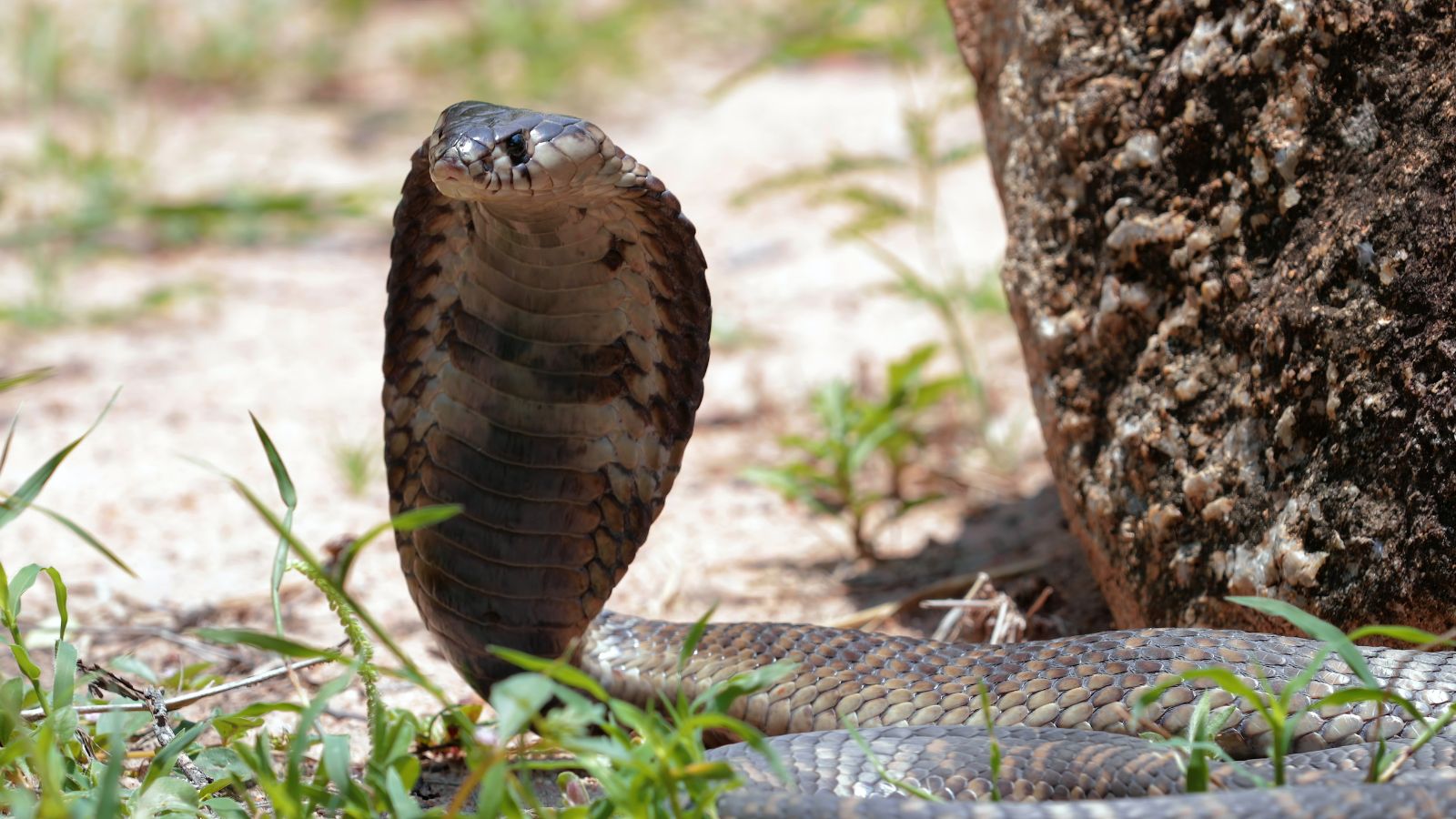
King cobras exhibit unique reproductive behaviors as well. A ScienceDirect paper tells us that females build nests for their eggs, and they’re the only species of snake known to do this. They use their bodies to gather leaves and other materials, creating a mound where they lay and guard their eggs until they hatch.
Vocalizations and Communication
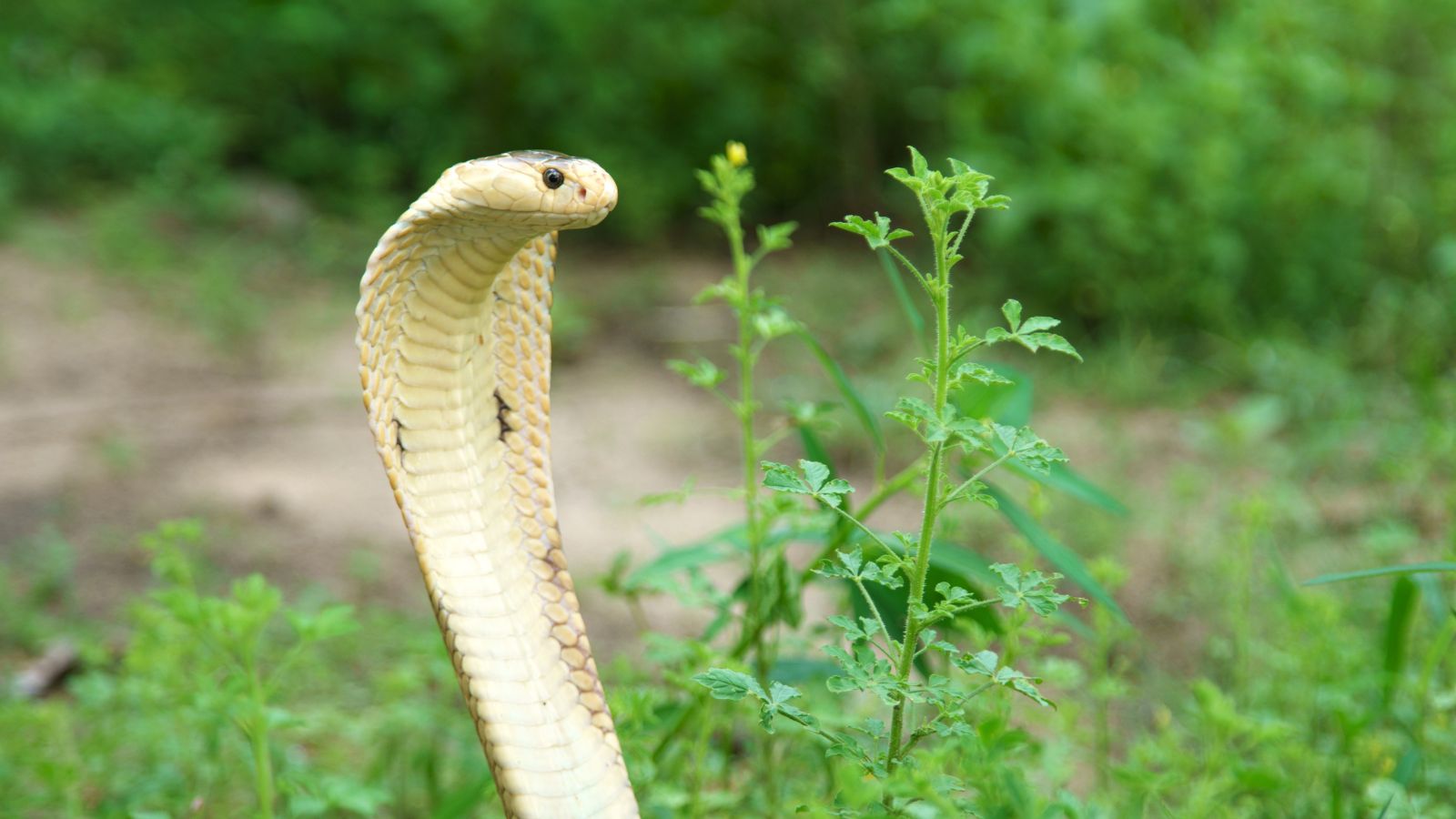
King cobras are unique in their ability to produce a growling sound when they hiss, almost like that of a dog. Using a special respiratory system, they can emit a low, rumbling growl to warn off potential threats, and this vocalization is unlike the typical hissing of other snakes and serves as an effective deterrent.
Conservation Status
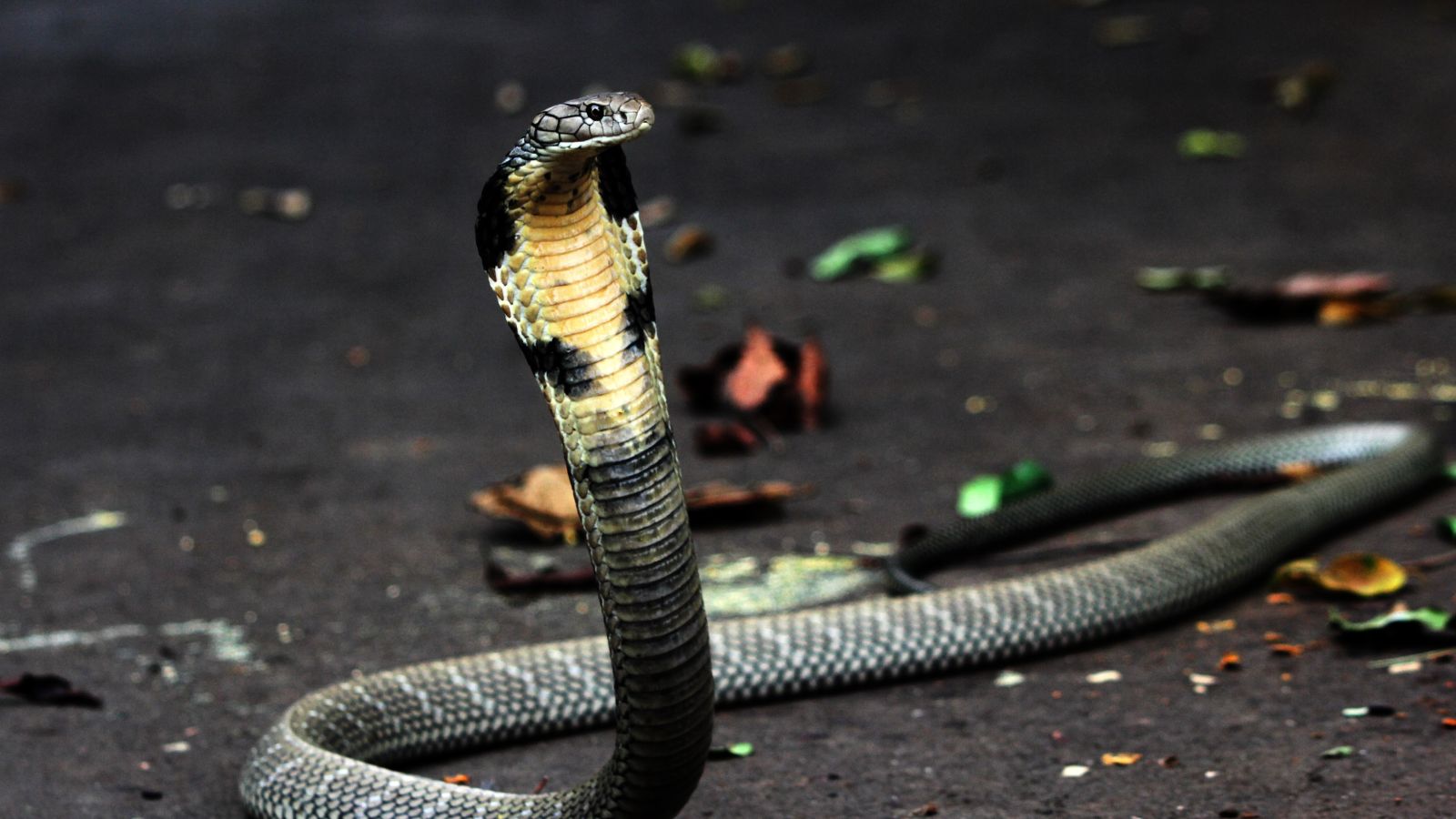
One sad fact is that the king cobra is currently listed as vulnerable on the IUCN Red List. Habitat destruction and hunting for the illegal wildlife trade threaten their populations. Thankfully, conservation efforts are in place across the world to protect these magnificent creatures and ensure their survival for future generations.
Their Natural Predators
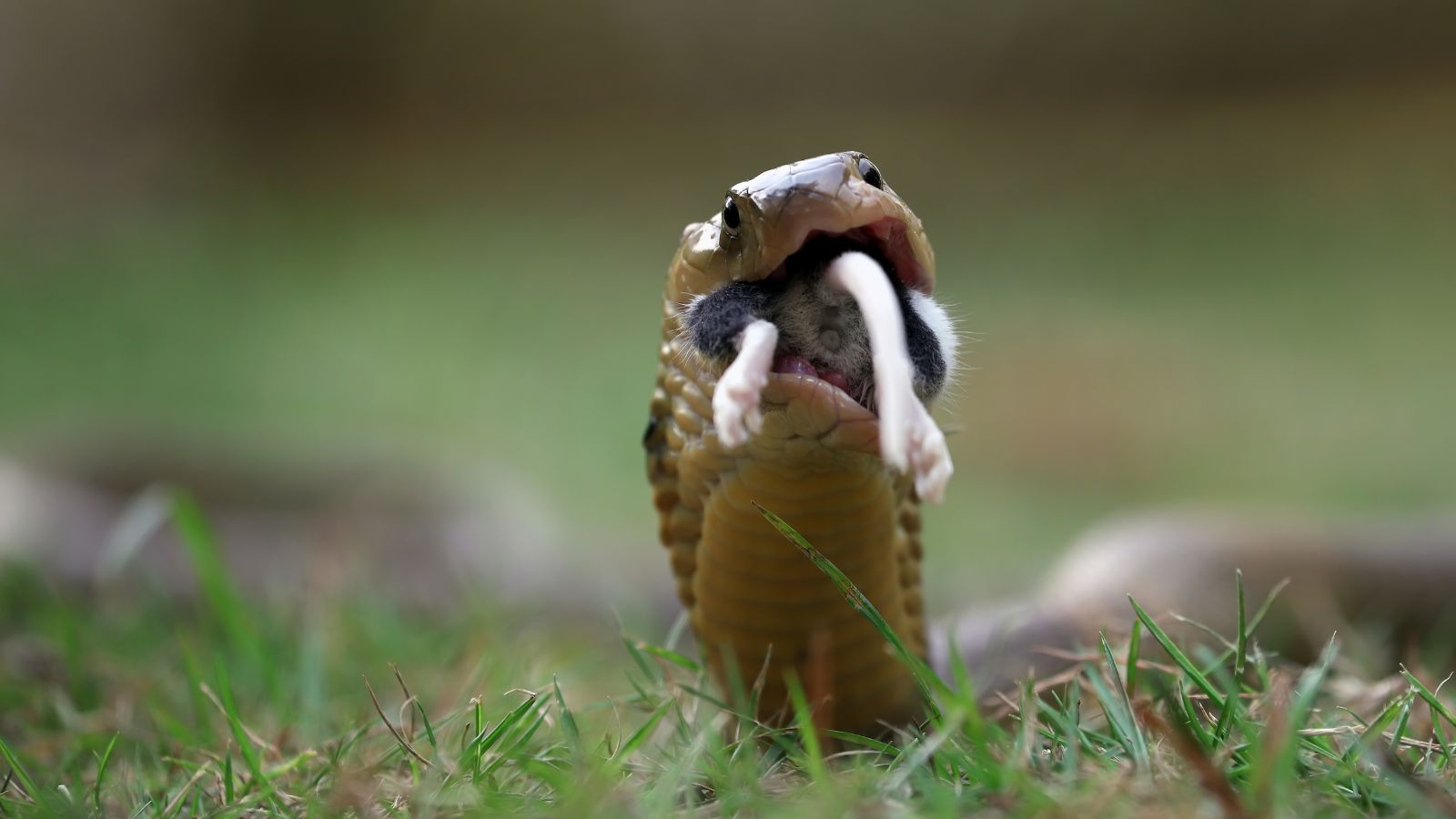
Despite being apex predators, king cobras have natural enemies, including large birds of prey, mongooses, and humans. Mongoose are particularly notorious for their ability to kill cobras, and this is thanks to their agility and resistance to venom. These natural king cobra predators play a role in maintaining the balance of the ecosystem.
Cultural Significance
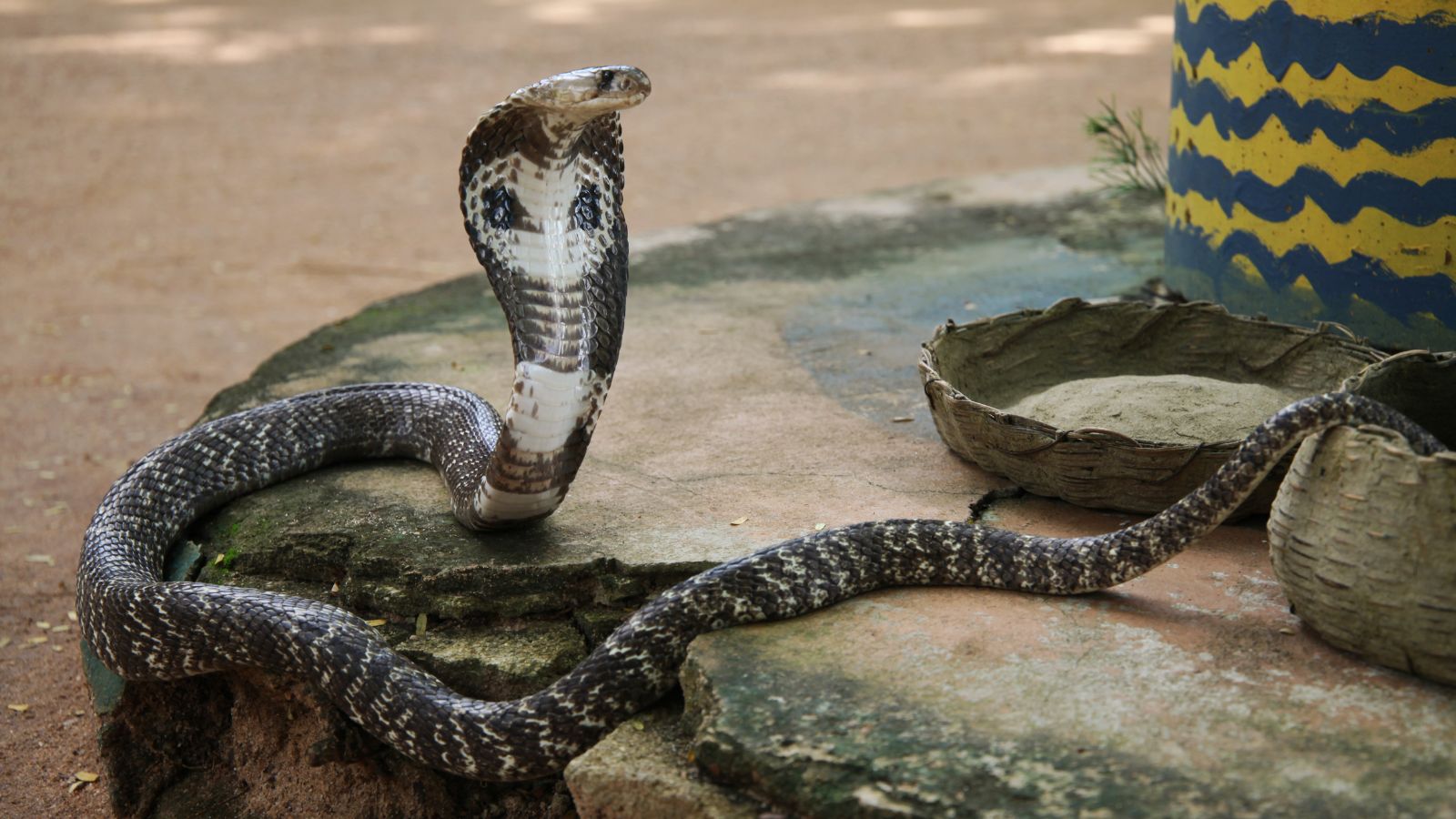
In many cultures, the king cobra also holds significant symbolic meaning. They are revered in Indian mythology and respected in various Southeast Asian traditions, where they are often seen as symbols of power and protection. Their cultural importance highlights the deep connection between humans and wildlife.
Impressive Speed and Agility
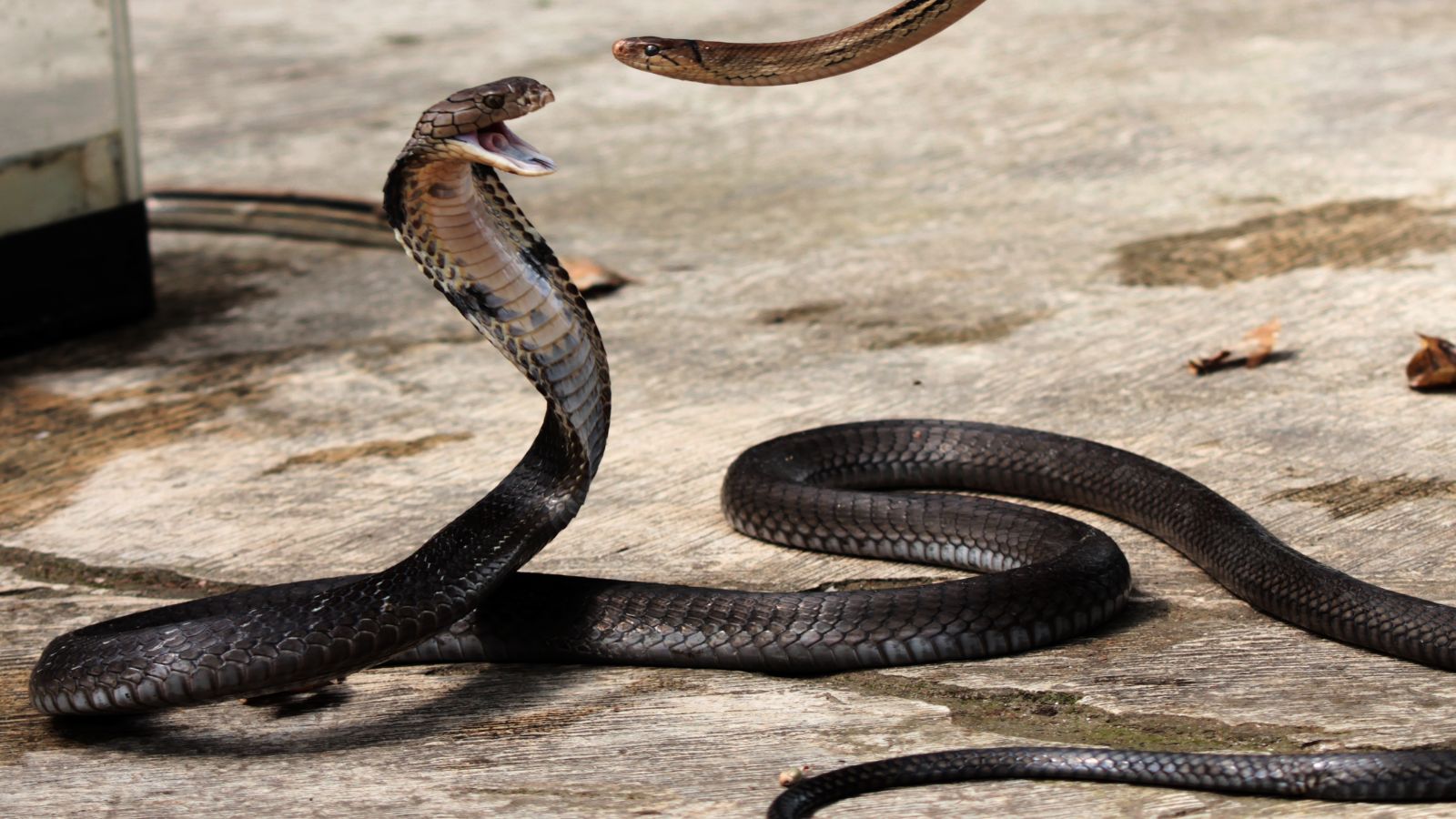
King cobras are not only large but also incredibly fast, moving at speeds of up to 12 miles per hour. They can move swiftly through the ground, while climbing trees, and even when swimming. Their added agility aids in hunting and escaping threats, making them one of the most formidable creatures in the wild.
Territorial Nature
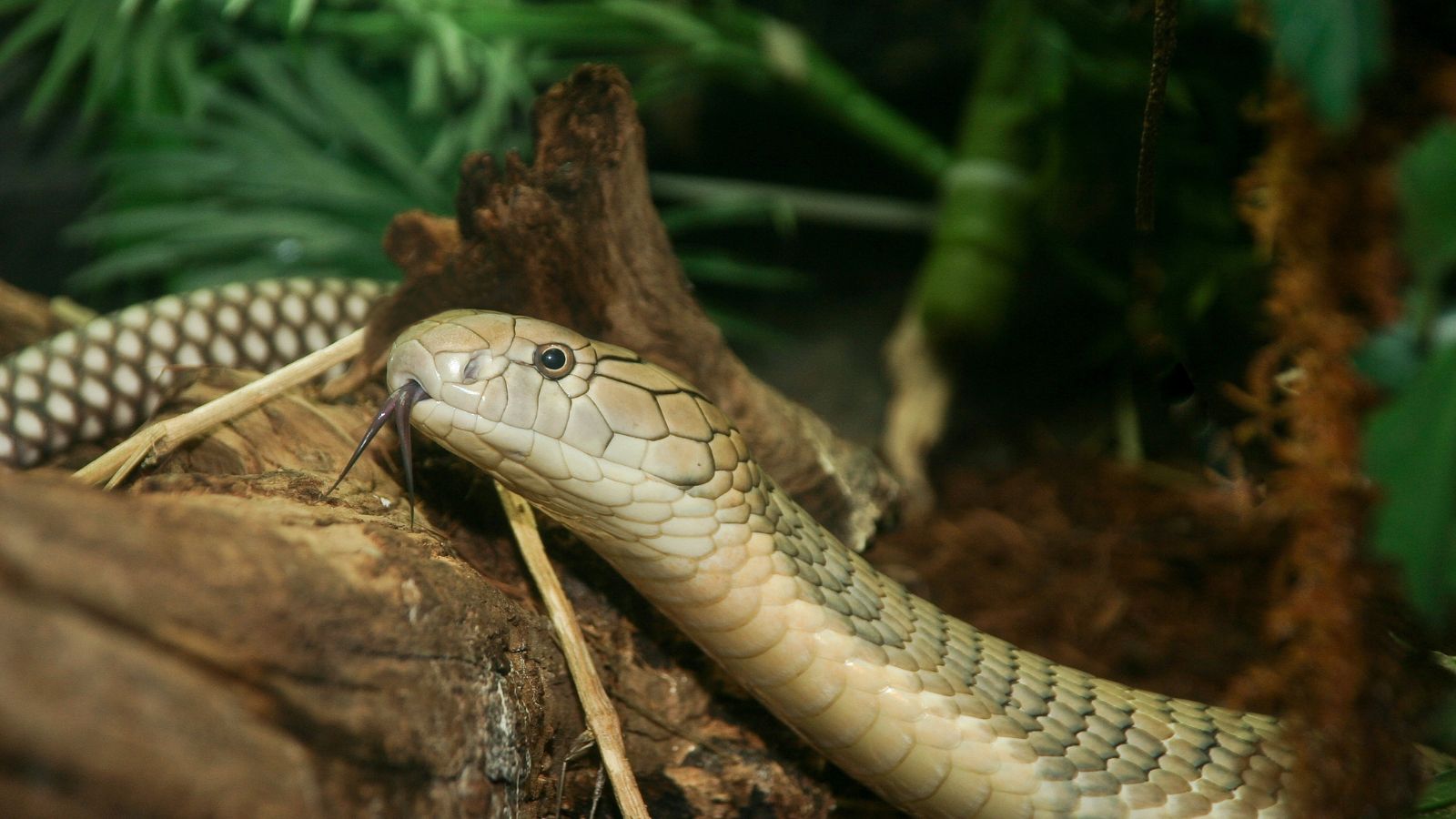
King cobras are highly territorial and will defend their area aggressively. Males, in particular, are known to engage in combat with rivals to establish dominance. This territorial behavior ensures that they have access to sufficient resources and mating opportunities within their chosen area.
Remarkable Lifespan

In the wild, according to the Smithsonian National Zoo, king cobras can live up to 20 years—a relatively long lifespan for snakes. Their longevity is attributed to their ability to avoid predators, their effective hunting strategies, and their adaptability to changing environments. In captivity, they can live even longer with proper care.
Sensory Capabilities
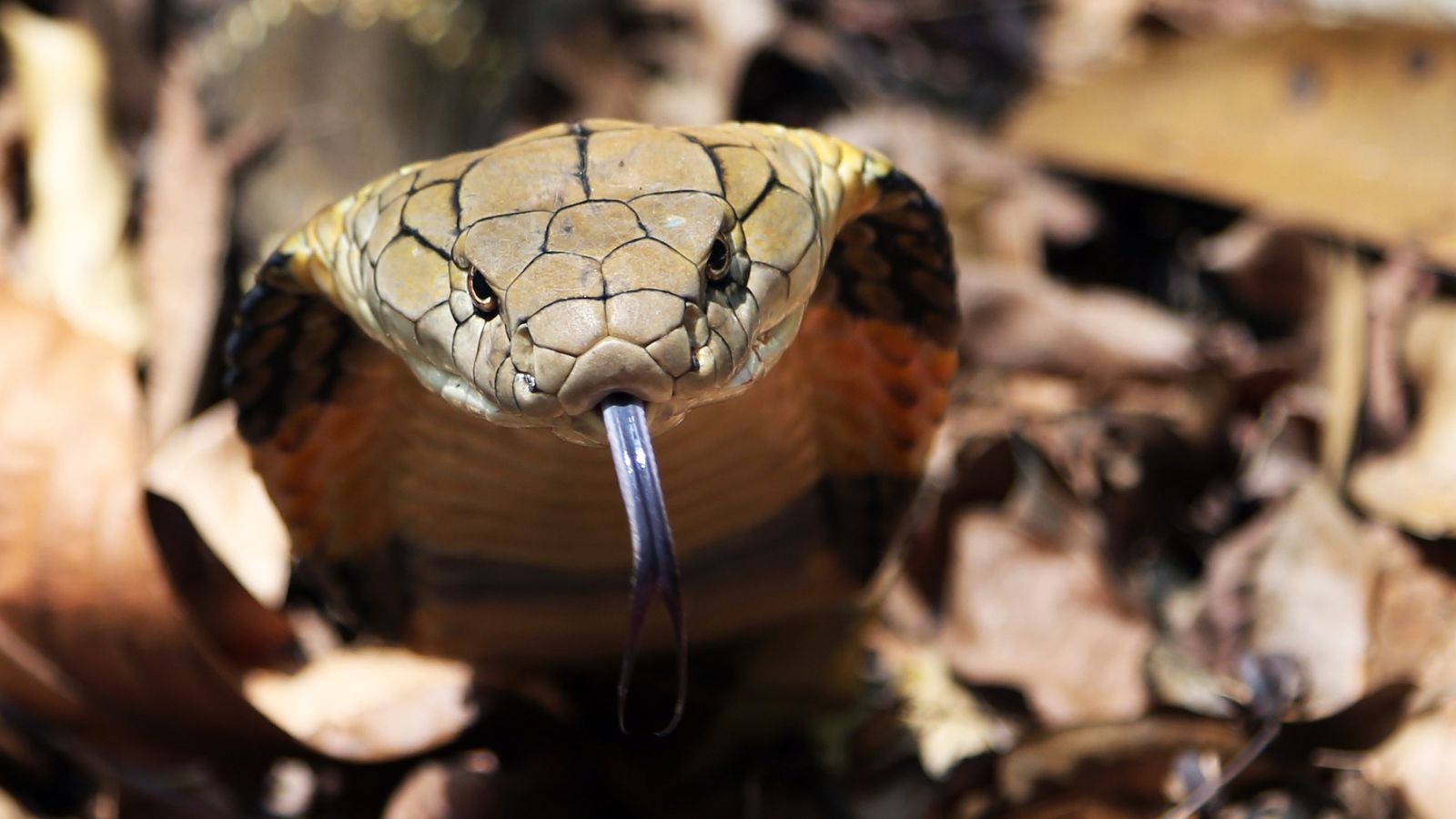
Equipped with exceptional sensory capabilities, king cobras rely on their keen eyesight and highly developed Jacobson’s organ to detect prey and navigate their environment. This combination of senses makes them effective hunters, capable of tracking and capturing prey in difficult terrain with precision.
Role in Ecosystem
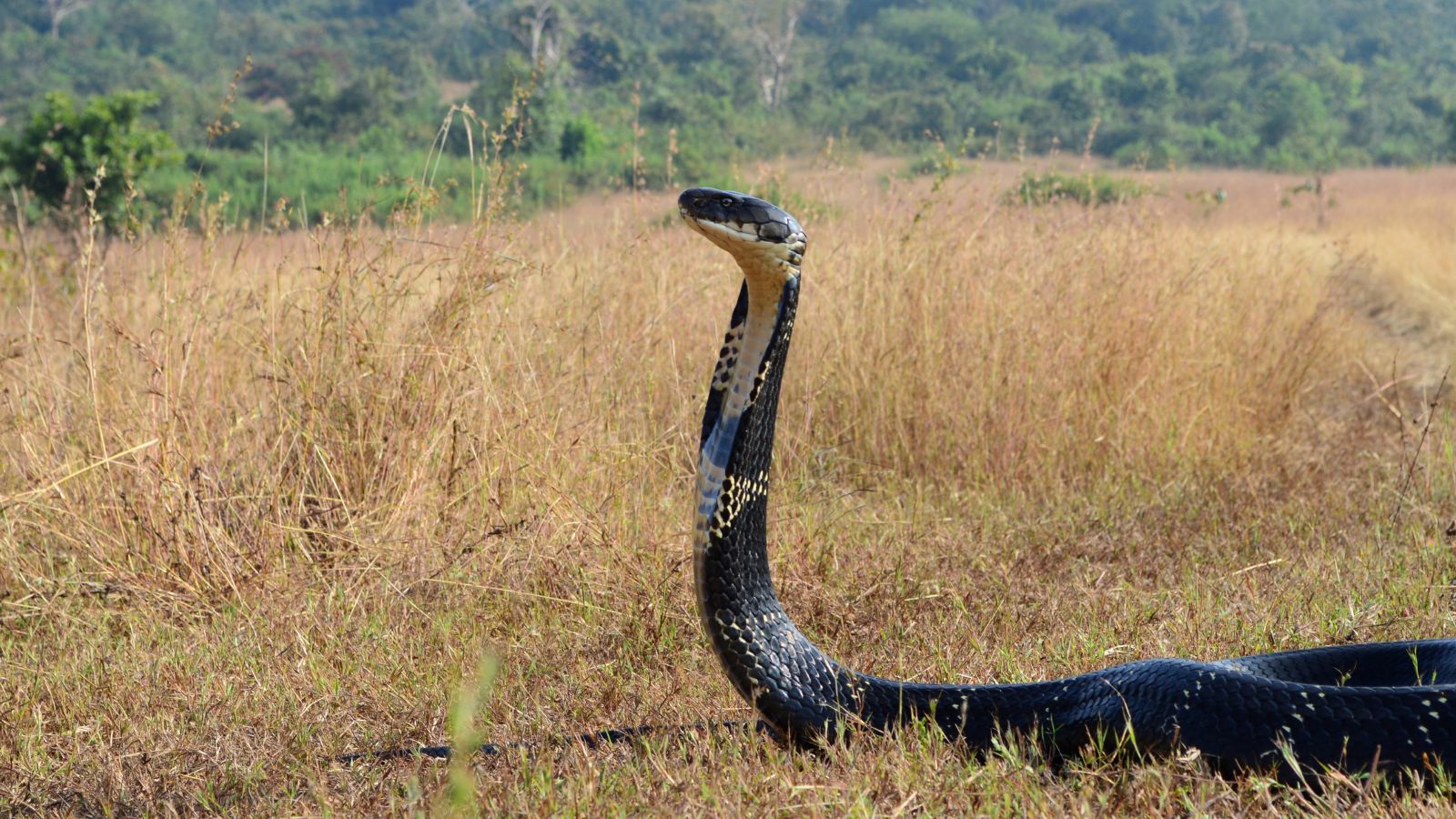
As apex predators, king cobras play a vital role in maintaining the balance of their ecosystems. By controlling the populations of other snakes and small animals, they help regulate the food chain. Their presence indicates a healthy and functioning ecosystem, highlighting their ecological importance.
Distinctive Appearance
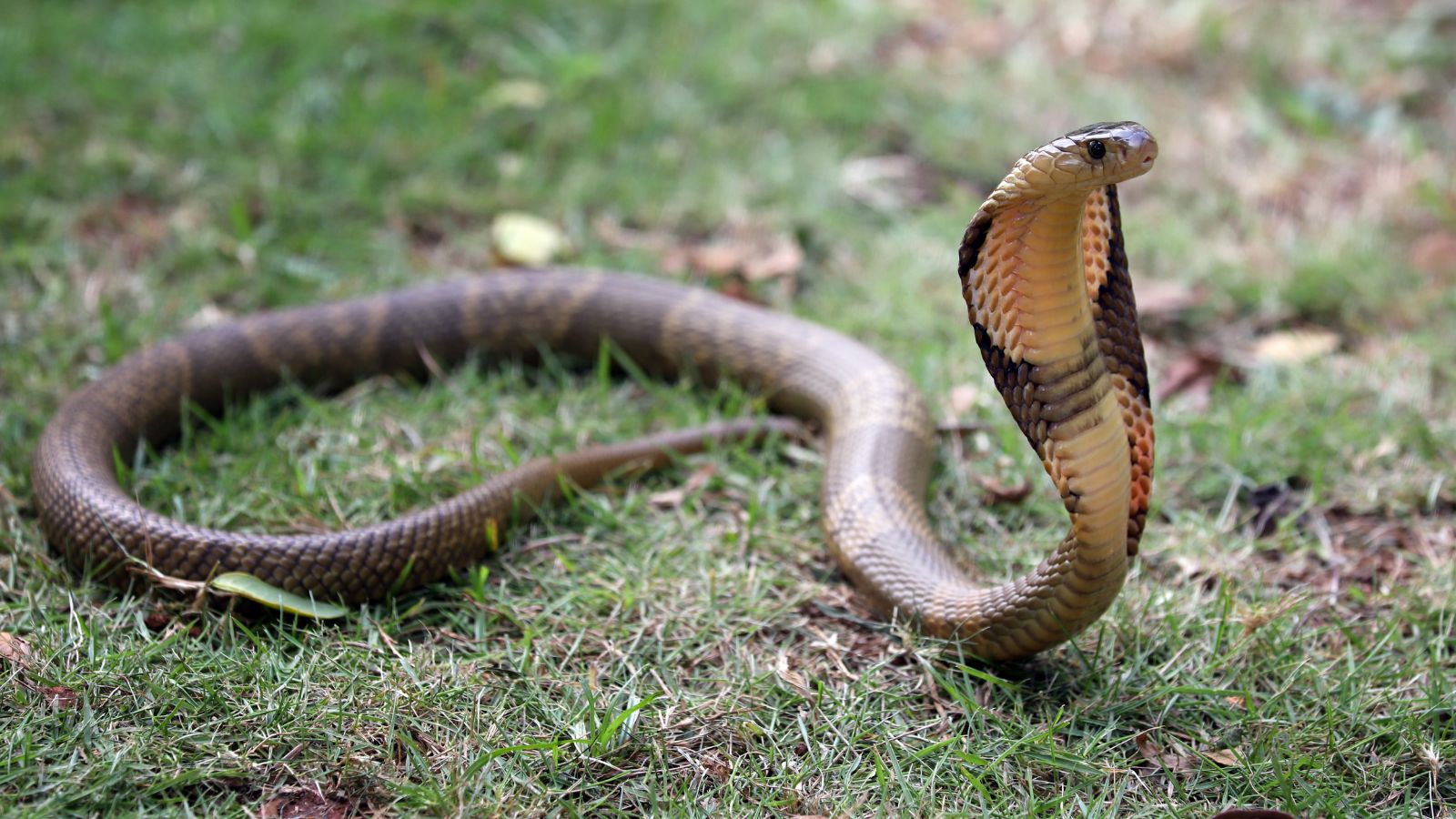
The distinctive appearance of a king cobra, with its olive-green, brown, or black scales and striking hood, makes it easily recognizable. Their impressive size and unique features command attention and respect, making them one of the most iconic snake species in the world.
Historical Encounters

Throughout history, king cobras have had notable encounters with humans, often featured in folklore and legends. These interactions have shaped the perception of these snakes in various cultures, highlighting the awe and fear they inspire. Historical accounts contribute to the mystique surrounding the king cobra.
Up Next: 17 Phrases Older People Use That No One Else Gets

Each and every generation has its own phrases and sayings that separate it from the rest, and the boomers certainly have plenty. Discover 17 popular boomer phrases that aren’t often used today and what they mean. Maybe you’ll want to bring some of them back!
17 Phrases Older People Use That No One Else Gets
People Who Don’t Show Empathy Usually Have These 18 Traits

The world would be a better place if everyone had a little more empathy. But sadly, in reality, some people show much less empathy than we’d like. Here are 18 traits of people who don’t show empathy.
People Who Don’t Show Empathy Usually Have These 18 Traits
The 17 Unhappiest States in America

The US has hit an all-time low position in the World Happiness Index, tumbling to 23rd in 2024. However, it’s important to remember that location is an important factor; many US states are very happy, unlike the following 17 US states that appear to be the most unhappy.

